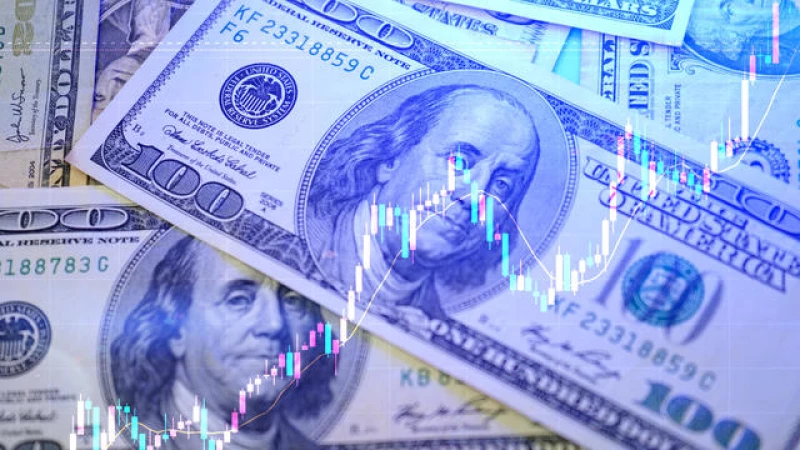The government's initial estimate for the economy's growth last quarter was 4.9% annually.
However, the second estimate released on Wednesday confirmed that the economy experienced a significant acceleration compared to the 2.1% growth rate seen in the previous quarter (April-June). This new estimate revealed that the United States' gross domestic product (GDP), which represents the total output of goods and services, grew at its fastest pace in nearly two years.
The main drivers of this growth in the third quarter were increased consumer spending and inventory investment.
Consumer spending, which is crucial for the economy, rose at an annual rate of 3.6% from July to September. Although this growth rate is still considered healthy, it is a slight downgrade from the previous estimate of 4%. Additionally, private investment experienced a surge, growing at a pace of 10.5% annually. This surge included a 6.2% increase in housing investment, which defied expectations considering the higher mortgage rates.
The U.S. Economy Continues to Grow Despite Rising Interest Rates
The U.S. economy, the world's largest, has shown resilience despite the Federal Reserve's efforts to combat inflation by raising interest rates. In the third quarter, the economy grew by 2.1%, driven by increased spending and investment by governments at all levels. Additionally, companies building inventories in anticipation of future sales contributed to the growth. This positive economic backdrop has led experts to predict a strong market rally until the end of the year and a promising start to 2024.
While the job market has cooled from its previous levels, it remains healthy by historical standards. Employers are still adding an average of 239,000 jobs per month, and the unemployment rate has remained below 4% for 21 consecutive months.
Overall, despite higher borrowing costs for consumers and businesses, the U.S. economy is on track for a possible soft landing and a mild recession.
The Fed's Plan for a Soft Landing
With easing inflation and steady job growth, there is optimism that the Federal Reserve can achieve a "soft landing" for the economy. This means that the Fed would raise interest rates enough to cool down the economy and control price increases, without causing a recession.
Rubeela Farooqi, the chief U.S. economist at High Frequency Economics, predicts a significant slowdown in economic activity in the fourth quarter. She believes that household spending will decelerate due to the strong third quarter and the effects of monetary policy tightening.
Gus Faucher, the chief economist at PNC, takes it a step further and forecasts a brief recession in the near future. He believes that the tightening of monetary policy will lead to a recession starting in mid-2024. However, he expects it to be short and mild due to the strong financial positions of consumers and a tight labor market that discourages layoffs.







